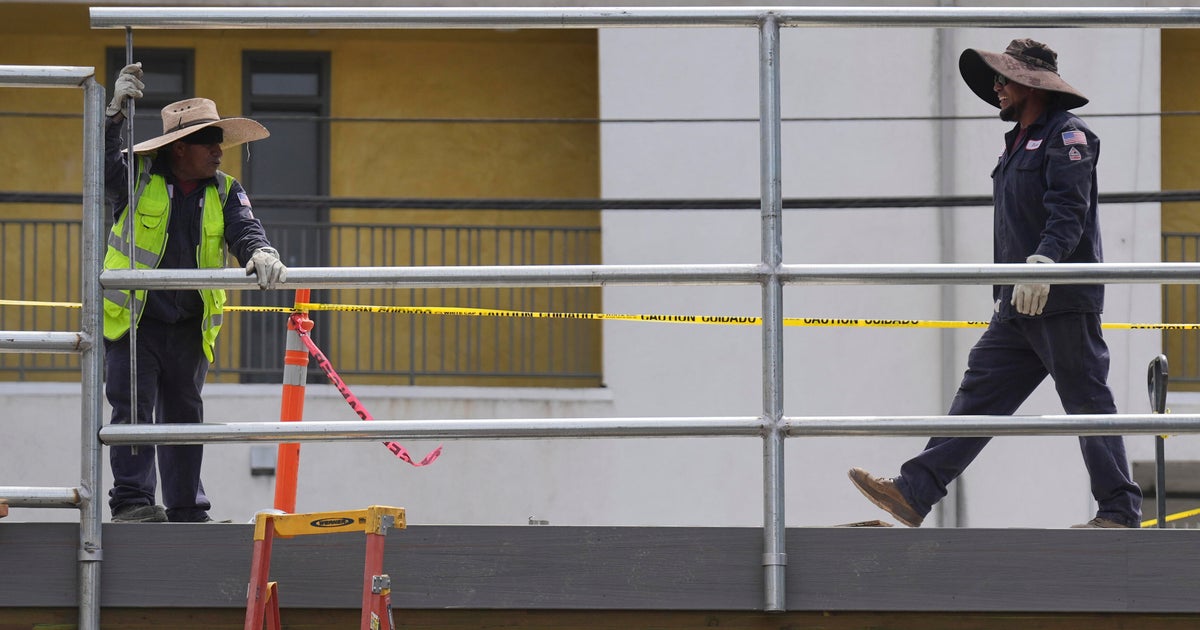Misunderstood Climate Impacts: High-Impact Behaviors That Drive Emissions

Misunderstood Climate Impacts
A Stanford study reveals that many people dramatically misjudge what harms the planet most. While recycling is widely seen as crucial, behaviors like frequent flying and feeding meat-heavy dog food contribute far more to climate change. Planes emit significant greenhouse gases, including carbon dioxide and contrails that trap heat, making air travel one of the largest personal carbon footprints. Meanwhile, dog food, particularly beef-based, adds to emissions because cattle farming involves deforestation and methane release—two major climate drivers.
The Hidden Truth Behind Everyday Choices
This disconnect stems partly from climate messaging that emphasizes low-impact actions, leaving the public unaware of the true scale of their carbon footprints. Pet owners rarely link their dogs’ diets to environmental damage, and air travel’s impact remains underestimated. Scientists argue that clearer communication about these high-impact behaviors is vital for meaningful change, rather than focusing solely on easy but less effective actions like recycling.
Rethinking Climate Responsibility
Understanding these realities empowers individuals to make significant choices, such as reducing flights and opting for sustainable pet food. Recognizing which actions truly matter can shift collective efforts toward slowing global warming more effectively.
About the Organizations Mentioned
Stanford University
Stanford University, officially Leland Stanford Junior University, is a prestigious private research university located in Stanford, California, founded in 1885 and opened in 1891. It is widely recognized as a global leader in education, research, and innovation, especially influential in the fields of business and technology[1][2]. The university enrolls approximately 7,554 undergraduates and 9,915 graduate students, supported by a distinguished faculty of 2,345 members, including 20 Nobel laureates[1]. Stanford’s historical significance is deeply tied to the rise of Silicon Valley. Under President Wallace Sterling (1949–1968), it transformed from a regional institution into a top-tier university, earning the moniker "the Harvard of the West." Sterling’s administration was notable for relocating the Stanford Medical School to the main campus, establishing the Stanford Industrial Park (now Stanford Research Park), and fostering strong ties with government research programs. This synergy helped catalyze the development of Silicon Valley as a global technology hub[2]. Currently, Stanford manages an expansive 8,180-acre campus with over 600 buildings and supports more than 7,500 externally sponsored research projects, fueled by a $2.2 billion annual research budget. Its endowment, valued at $37.6 billion as of 2024, is one of the largest worldwide, with investment returns contributing nearly $2 billion annually to sustain academic programs, financial aid, and innovative research initiatives, including groundbreaking technologies and medical treatments[1][4]. Stanford is also at the forefront of educational innovation, exemplified by projects like Stanford 2025, which reimagines higher education to address evolving student needs in a changing global landscape. This initiative explores concepts such as lifetime learning and purpose-driven education, reflecting Stanford’s commitment to shaping future academic models[3]. Moreover, Stanford hosts the Stanford Institute for Human-Centered Artificial Intelligence (HAI), producing the influential AI Index report that tracks global AI development








